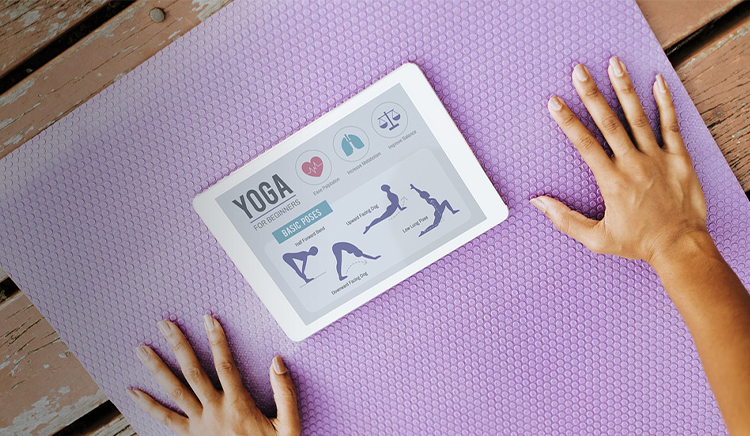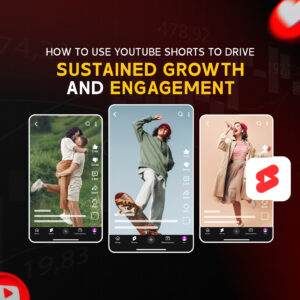At the end of 2017, the global health and wellness industry stood at a gargantuan valuation of $4.2 Trillion. It also saw unprecedented growth in the period of 3 years between 2015-2017, as it grew at a pace of 6.4%, nearly twice as much as the global economy at the same time.
Couple that with the unprecedented rise in the hardware capacity of modern-day smartphones, and you are looking at an opportunity that the mobile applications design and development community could not refuse.
Rise of the Mobile Fitness Revolution
In the first quarter of 2018, the number of health and fitness mobile apps available on the Google Play Store stood at a magnificent 51,133. With more than 60 Million active monthly users, the rise of mobile fitness is undeniable. Here are a few ways they are revolutionizing health and fitness:
Active & Passive Tracking
Today, smartphones have potent infrared, GPS and cardiovascular tracking hardware integrated in them. Specialized businesses target both the passive and active areas of fitness training for tracking. Sleep hours, percentage of sleep cycle spent in the REM phase, and the blood pressure during that particular activity are compared to other days.
All these statistics are passive in nature as compared to active tracking which is done performing energy-intensive tasks such as running, weight lifting, swimming, etc.
![]()
All this data enables the user to get more streamlined information and gain insights about their performance. It also optimizes their training regime to better suit their own specific biology.
Personal Trainer in your Pocket
The addition of Artificial Intelligence in mobile fitness apps is not a mere marketing gimmick made by fitness app companies to increase their reach. It is rather a well thought out integration of two separate technologies for the betterment of the mobile application design and development process of fitness apps and increasing their functionality.

Long gone are the days when you needed to spend hundreds of dollars to join a gym to receive professional coaching in fitness training.
Now, just like Netflix, you can buy subscription packs of fitness apps that come along with dedicated AI which enables better, faster & more impactful training regimes.
Diet & Nutrition
The majority of health and fitness mobile applications today come with integrated diet and nutrition plans. This is done to facilitate continuation of the progress made during the active phase of the exercise regimen, as bad dietary habits can easily diminish any progress made over a long period of time.

Good dietary habits, better nutritional supplements and various other forms of food consumption data aids a fitness app user to consider the many factors of the multi-facet process of healthy living. It enables him or her to make better life choices, thus leading to a refined quality of life.
Wearables
Just when the mobile fitness industry was settling down a bit, the wearables stormed the market. These are smart devices specially crafted to aid in the fitness mobile application design and development process.

While the smartphone acts as a brain for running deep tracking and analytics, such smart wearables are just a type of bio-sensor packed into a body given the shape of a watch.
In Conclusion
There can be no doubt about the fact that the entirety of human existence and quality of life has tremendously improved due to the integration of such ingenious technologies into one potent package.
As we indulge ourselves in what the mobile fitness app industry has to offer today, we shall look forward in anticipation of what the future may hold!


